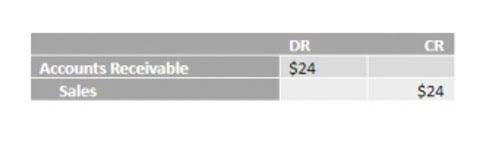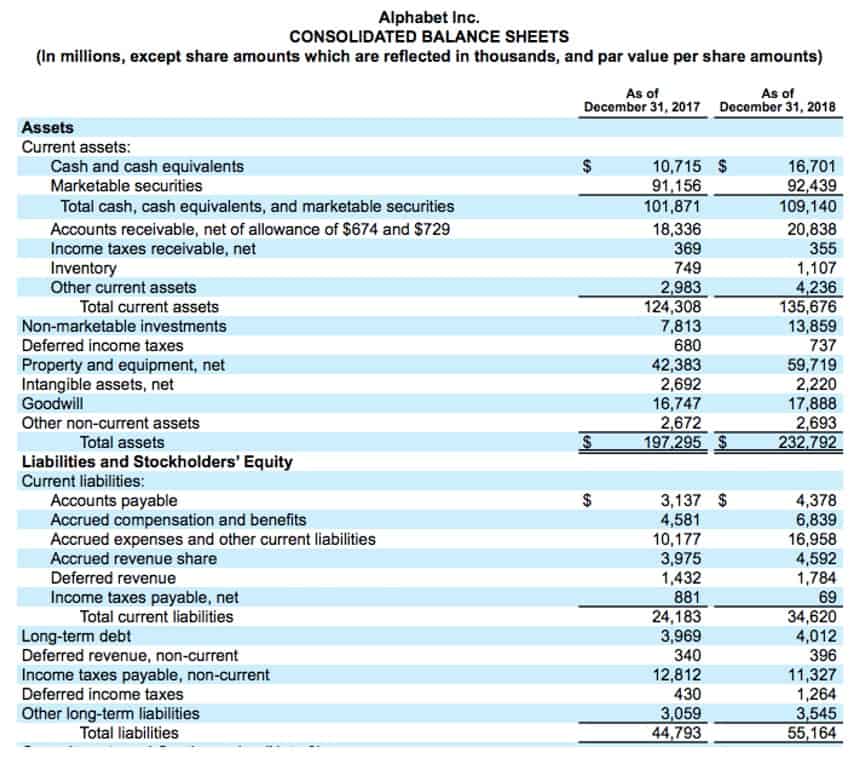
While the above assets may not be depreciated for financial reporting purposes, it is essential to consider that tax laws dictate certain classifications. For instance, tax authorities may allow depreciating certain assets that are considered non-depreciable under accounting standards. It is crucial to consult tax guidelines and seek professional advice depreciable assets to ensure compliance.
Investments In Financial Instruments

Several categories of assets are commonly excluded from depreciation calculations. Land, for example, has an indefinite useful life and does not experience physical deterioration, making it ineligible for depreciation. Similarly, investments represent financial instruments with fluctuating values based on market conditions rather than physical assets subject to wear and tear. While essential for business operations, inventory is considered a current asset and is accounted for differently from depreciable assets. Non-depreciable assets encompass diverse valuable resources that defy the conventional depreciation model. From land holdings to financial investments and inventory, these assets play vital roles in businesses’ growth and value-creation strategies.

Step 4. Choose an appropriate depreciation method
Asset classification is a crucial step in determining CARES Act which assets can be depreciated and which cannot. Depreciable assets include commercial property like an office building, vehicles used in business, machines and other equipment used for manufacturing, and furniture. These assets require special accounting treatments, such as revaluation, impairment testing, or specialized accounting treatments for investments and inventory. Intangible assets like patents and copyrights are not subject to depreciation if they are not being amortized. Amortization is a process of spreading the cost of an intangible asset over its useful life.
- If you use an asset for both business and personal purposes, you can only depreciate the business portion.
- This is the tax saved from reducing the depreciation expense from the taxable income.
- On the other hand, non-depreciable assets, like land and investments, typically do not lose value over time.
- When you sell a depreciated asset, determining the gain or loss involves subtracting the asset’s adjusted basis, which is the original cost minus accumulated depreciation, from the sale price.
- This will help the business in the long run to avoid any kind of high expenses and high variable financial results.
- Holding securities involves the potential for returns through capital appreciation or dividends.
Tax Benefits

Items that are planned to be sold or used up in the production process are not depreciated. They are instead expensed as cost of goods sold when the inventory is sold or used. For example, a business that invests in a commercial property should be prepared to hold onto the property for several years, even if the market experiences short-term fluctuations. Over the long term, the property is likely to appreciate in value and provide a solid return on investment.
For assets like land and investments, alternative accounting methods are employed to reflect changes in their value over time. One such method is revaluation, where assets are periodically Retail Accounting assessed to adjust their carrying value based on current market prices. Revaluation ensures that the balance sheet accurately reflects the true worth of these assets, providing stakeholders with a more realistic view of the organization’s financial position. Understanding the distinction between depreciable and non-depreciable assets is essential for effective financial management in any business.
- Each year, accumulated depreciation reflects the total amount expensed to that point, which reduces the asset’s book value.
- In addition, GAAP specifies the criteria for assessing useful life and residual values of depreciable assets.
- Oil, gas, forests, mineral deposits, and other natural resources are non-depreciable assets because of their unique characteristics.
- However, keep in mind that this doesn’t always equate to the market value of the asset, which might be higher due to factors like demand.
- This section highlights the critical aspects of tax deductions, reporting requirements, and the specific implications for assets that cannot be depreciated.
- Assets with a useful life of less than a year cannot be treated as depreciable assets.
As of 2024, businesses must adapt to adjustments in depreciation limits for luxury vehicles and certain improvements to nonresidential real property. Fixed Assets Accounting When we refer to fixed assets, we are referring to longer term assets. Fixed Asset Software For Sage Intacct AssetAccountant was approached by Sage Intacct in 2020 to be the recommended fixed assets … Making fundamental changes to fixed assets in your register In the above video, we’re going to look at all the … Many businesses choose to use some sort of financial arrangements for purchasing their assets. Fixed asset depreciation and its importance in accounting Fixed asset depreciation in accounting involves the methodical distribution of a tangible …

Definition and Purpose of Depreciation: Maximizing Asset Value
- Depreciation stops once an asset reaches its salvage value or is fully depreciated.
- Their worth is influenced by market demand, rarity, and provenance, requiring expert appraisals for accurate valuation.
- In the domain of financial accounting, non-depreciable assets are recorded at their acquisition cost on the balance sheet.
- Additionally, depreciation cannot be claimed for land, as its original purchase price is allocated between the land and the building.
- This gain is subject to capital gains tax, which can be substantial depending on the asset’s appreciation over time.
Depreciation is a non-cash expense that reduces taxable income and reported earnings. Without this expense, a company’s net income appears higher, which can be attractive to investors and analysts. However, this also means that the company may face higher tax liabilities, as there are fewer deductions to offset taxable income. Explore the unique treatment and significance of non-depreciable assets in accounting practices and tax regulations for informed financial decision-making. Depreciable assets include all tangible fixed assets of a business that can be seen and touched such as buildings, machinery, vehicles, and equipment.

Leave a Reply